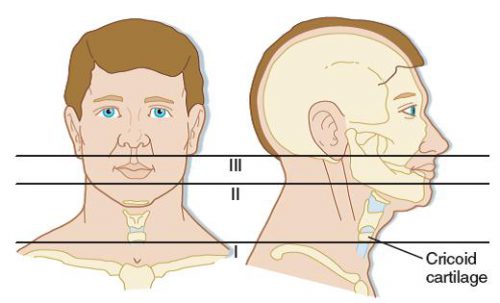What exactly is pimping? If you have ever been a medical student or resident in any discipline, you probably already know. It’s ostensibly a form of Socratic teaching in which an attending physician poses a (more or less) poignant question to one or more learners. The learners are then queried (often in order of their status on the seniority “totem pole”) until someone finally gets the answer. But typically, it doesn’t stop there. Frequently, the questioning progresses to the point that only the attending knows the answer.
So how did this time honored tradition in medical education come about? The first reference in the literature attributes it to none other than William Harvey, who first described the circulatory system in detail. He was disappointed with his students’ apparent lack of interest in learning about his area of expertise. He was quoted as saying “they know nothing of Natural Philosophy, these pin-heads. Drunkards, sloths, their bellies filled with Mead and Ale. O that I might see them pimped!”
Other famous physicians participated in this as well. Robert Koch, the founder of modern bacteriology, actually recorded a series of “pümpfrage” or “pimp questions” that he used on rounds. And in 1916, a visitor at Johns Hopkins noted that he “rounded with Osler today. Riddles house officers with questions. Like a Gatling gun. Welch says students call it ‘pimping.’ Delightful.”
So it’s been around a long time. And yes, it has some problems. It promotes hierarchy, because the attending almost always starts questions at the bottom of the food chain. So the trainees come to know their standing in the eyes of the attending. And they also can appreciate where their fund of (useful?) knowledge compares to their “peers.” It demands quick thinking, and can certainly create stress. And a survey published last year showed that 50% of respondents were publicly embarrassed during their clinical rotations. What portion of this might have been due to pimping was not clear.
Does pimping work? Only a few small studies have been done. Most medical students have been involved with and embarrassed by it. But they also responded that they appreciated it as a way to learn. A 2011 study compared pimping (Socratic) methods to slide presentations in radiology education. Interestingly, 93% preferred pimping, stating that they felt their knowledge base improved more when they were actively questioned, regardless of whether they knew the answer.
So here are a few guidelines that will help make this technique a positive experience for all:
For the “pimpers”:
- Make sure that the difficulty level of questions is reasonable. You are testing your learners’ knowledge, not spotlighting your own mental encyclopedia
- Build the level of difficulty from questions that most can answer to one or two that no one knows, then switch to didactice teaching of the esoterica
- Don’t let one learner dominate the answers; gently exclude them and solicit answers from others so they get a chance to participate
- Provide positive reinforcement for correct answers, but don’t resort to negative reinforcement (insults) when they are wrong
- Go Socratic when the answer is not known. Step back and review the basic concepts involved that helps your learners arrive at the correct answer.
For the “pimpees”:
- Read, read, read! You are in this to learn, so study all the clinical material around you.
- Talk to your seniors to find out your attending’s areas of interest. There’s a lot of stuff to learn, and this may help you focus your rounding preparation a bit. It still doesn’t absolve you from learning about all the other stuff, though.
- Don’t be “that guy (or gal)” who tries to dominate and answer every question
- If all else fails, and it’s one of those “percentage” questions, use my
“85/15 rule.” If the issue you are being asked about seems pretty likely, answer “85%.” If it seems unlikely, go with “15%.” It’s usually close enough to the real answer to satisfy.
Bottom line: Pimping is a time-honored tradition in medicine, but should not be considered a rite of passage. There is a real difference in attitudes and learning if carried out properly. Even attendings have a thing or two to learn about this!
Reference: The art of pimping. JAMA. 262(1):89-90, 1989.


